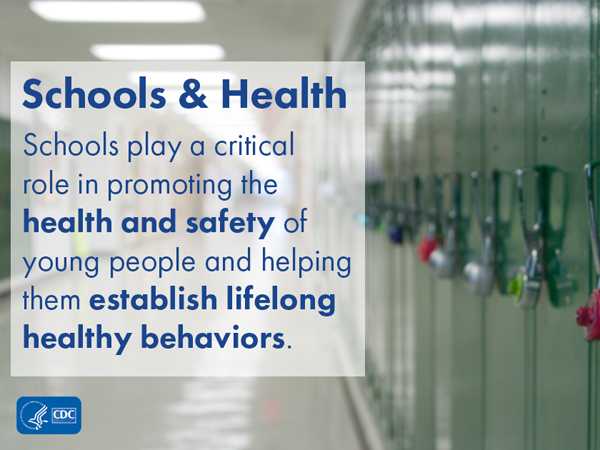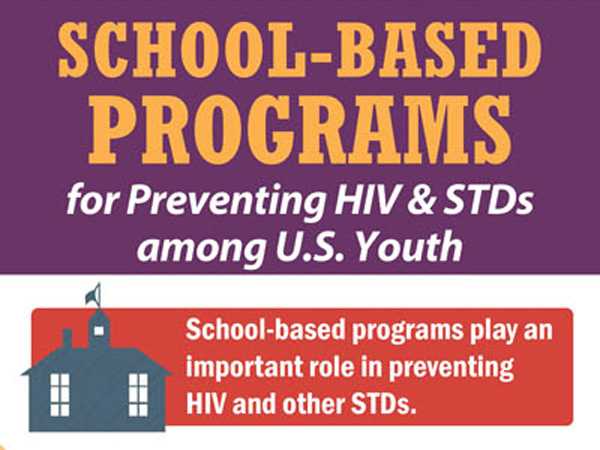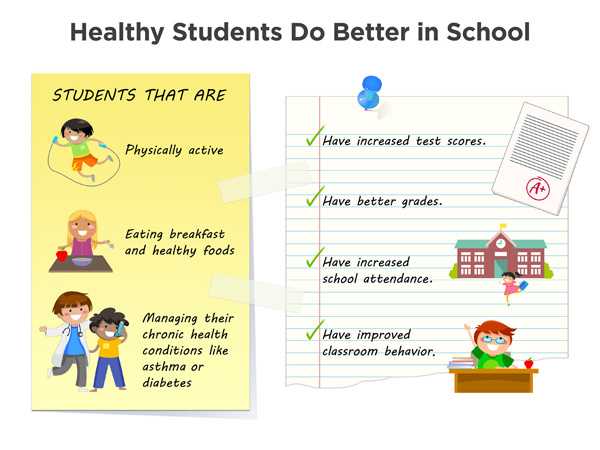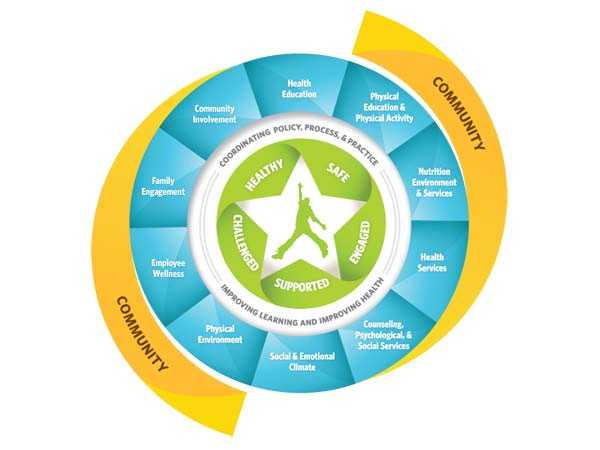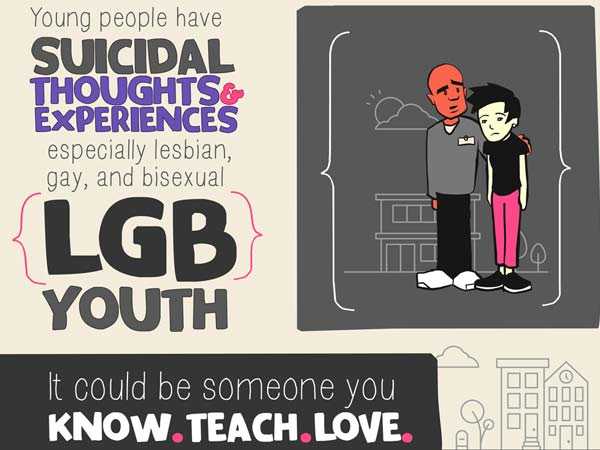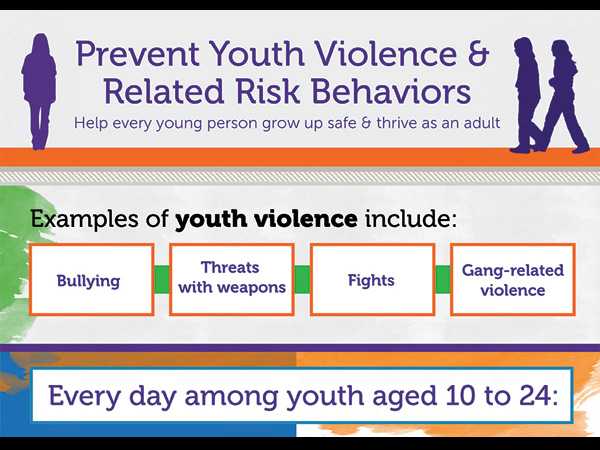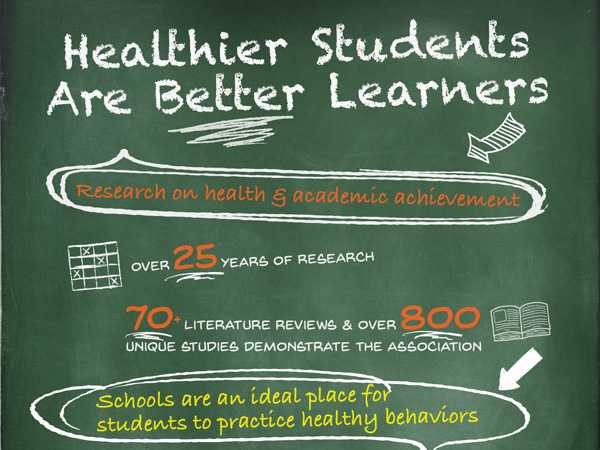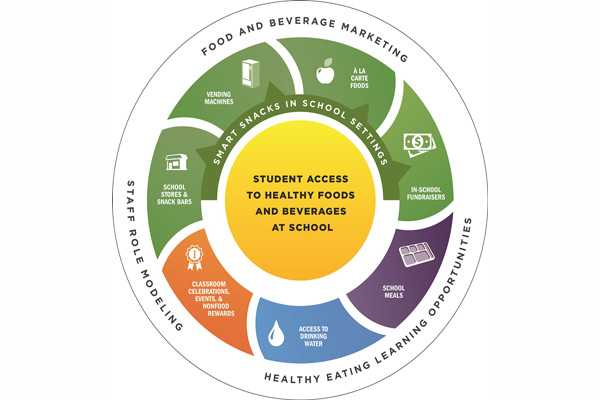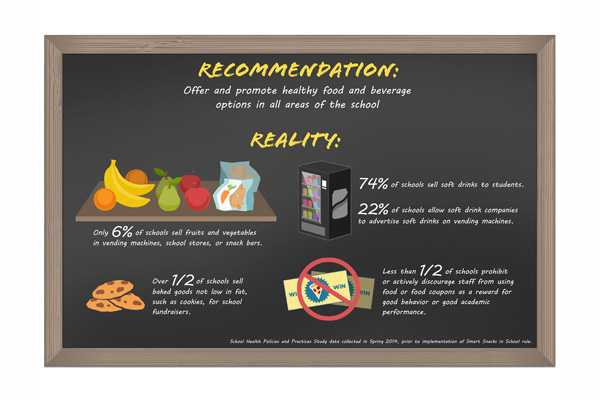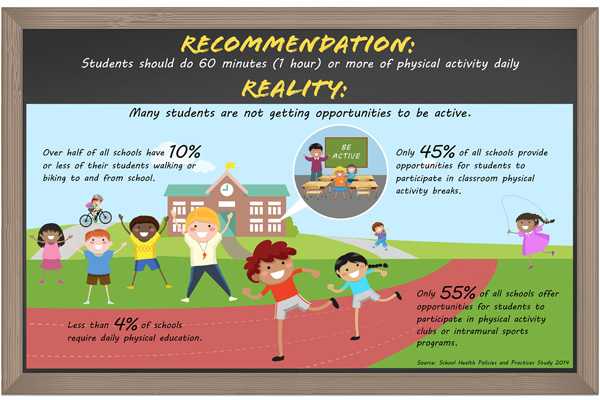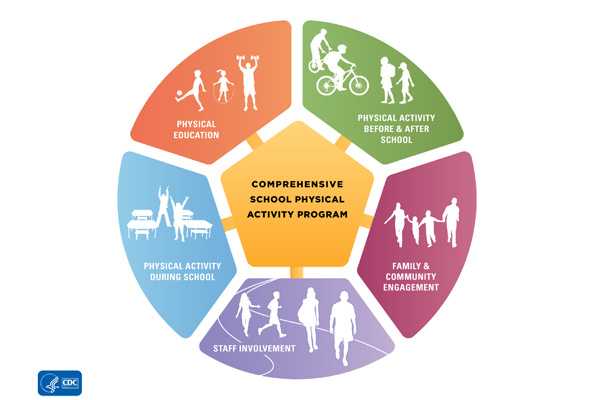Back-to-School: A Time to Think about Health and Academics
It’s that time again! This is an exciting time of year for students and families. As students go back to school, it is important that parents and students recognize key health and safety information that will help ensure a great start to the school year.
This digital press kit will provide information on key topics for this school year including tips and quotes from CDC experts to ensure a safer and healthier year.
Teen HIV, STDs, and Pregnancy Prevention
The academic success of America’s youth is strongly linked with their overall health, and is one way to predict adult health outcomes. Recent data show that students with higher grades are less likely than their peers with lower grades to participate in certain risk behaviors related to substance use, violence, and sex. Addressing risk behaviors in school settings provides an opportunity for improving student health and supporting overarching school goals regarding academic outcomes.
Schools play a critical role in promoting the health and safety of young people and helping them take responsibility for their health, including HIV, STD, and pregnancy prevention. Standards-based, school health education should focus on both knowledge and skills development in a variety of topics, and should be supported by ongoing teacher training. In addition, schools can help teens learn how to navigate the healthcare system by introducing them to clinical settings and making clinical care more readily available through school-based healthcare or referrals to community healthcare settings. Schools can create safe and supportive environments that ensure safe physical environments and help students stay connected to the school through programs that emphasize inclusiveness. These approaches can help students establish healthy behaviors now and as they transition into adulthood.
Kathleen A. Ethier, PhD

“Health and academic success are inextricably tied. Schools have a unique role to play in not only helping ensure that students attain their academic goals, but also in reaching adulthood as healthy as possible. By addressing the health of their students, schools—with the help of parents and communities—can make sure that all students reach their full potential.”
Kathleen A. Ethier, PhD – Director, Division of Adolescent and School Health, National Center for HIV/AIDS, Viral Hepatitis, STD and TB Prevention
Catherine Rasberry, PhD

“As students go back to school, it is important to note that many teens engage in risk behaviors that can affect their health and academic performance. School health programs can help reduce these risks and have a positive effect on their academic achievement.”
Catherine Rasberry, PhD – Health Scientist, Division of Adolescent and School Health, National Center for HIV/AIDS, Viral Hepatitis, STD and TB Prevention
-
- MMWR: Health-Related Behaviors and Academic Achievement Among High School Students — United States, 2015
- Healthy Youth Web site, Health & Academics web page
- Youth Risk Behavior Surveillance System
- Youth Risk Behavior Surveillance Summary
- CDC Grand Rounds: Adolescence — Preparing for Lifelong Health and Wellness
- Responsible Reporting [PDF – 30 KB]
Youth Nutrition and Physical Activity
Students spend an average of 6 hours a day at school, making schools an important partner in helping students meet daily physical activity recommendations, access nutritious foods, and learn about healthy behaviors. When schools, as well as parents, create an environment of health for students, they can positively influence health and learning. Data show that students who are more physically active and have healthier eating habits are better learners. Healthy students have higher levels of academic achievement, which includes grades and test performance, classroom behavior, attendance and graduation rates. Schools, parents, and communities can work together to improve student health and success in the classroom. Schools can assess their nutrition and physical activity policies and practices by completing CDC’s School Health Index and implement strategies found in CDC’s School Health Guidelines to Promote Healthy Eating and Physical Activity. Parents can join their School Health Teams to help develop wellness policies and activities. CDC’s Parents for Healthy Schools resources can help parents identify other ways to be part of decision-making and find volunteer opportunities to support health at their child’s school. Community groups, organizations, and local businesses can create partnerships with schools, share resources, and volunteer to support student learning, development, and health-related activities.
Georgianne Fay Tiu, DrPH, MPH

“This study shows the important link between healthy behaviors, such as eating nutritious foods and participating in physical activity, and academic achievement. Schools have a unique opportunity to play a key role in establishing these lifelong healthy behaviors.”
Georgianne Fay Tiu, DrPH, MPH – School Health Branch, Division of Population Health, National Center for Chronic Disease Prevention and Health Promotion
- MMWR: Health risk behaviors and academic achievement among high school students, United States 2015
- Healthy Schools Web site, Health & Academics web page
- School Health Guidelines to Promote Healthy Eating and Physical Activity
- The Virtual Healthy School
- The School Health Index
- Health and Academic Achievement Overview
- Critical Connections: Health and Academics
Youth Violence, Bullying, Suicide
Youth violence is a significant public health problem that affects thousands of young people each day, and in turn, their families, schools, and communities. Youth violence typically involves young people hurting other peers who are unrelated to them and who they may or may not know well. Youth violence can take different forms. Examples include fights, bullying, threats with weapons, and gang-related violence. A young person can be involved with youth violence as a victim, offender, or witness. Youth violence is preventable.
Suicide is a serious public health problem that can have lasting harmful effects on individuals, families, and communities. While its causes are complex and determined by multiple factors, the goal of suicide prevention is simple: Reduce factors that increase risk (i.e. risk factors) and increase factors that promote resilience (i.e. protective factors). Ideally, prevention addresses all levels of influence: individual, relationship, community, and societal. Effective prevention strategies are needed to promote awareness of suicide and encourage a commitment to social change.
Thomas Simon, PhD

“We have learned a lot about what works to stop youth violence. Schools are an important part of violence prevention in communities. School-based programs that effectively teach skills, like communication, conflict resolution and management, empathy, and impulse control, have been shown to reduce youth violence. CDC’s new resource, A Comprehensive Technical Package for the Prevention of Youth Violence and Associated Risk Behaviors, describes these and other science-based strategies states and communities can use to prevent youth violence.”
“Suicide is a tragedy that is far too common, but it is preventable. We have a responsibility to promote the strategies that work best. CDC’s new resource, Preventing Suicide: A Technical Package of Policy, Programs, and Practices describes seven science-based strategies that states and communities can use to prevent suicide. For example, more can be done to enhance social connections and teach coping and problem-solving skills that help youth tackle everyday challenges with peers, school, and other common sources of stress.”
Thomas Simon, PhD – Acting Branch Chief, Surveillance Branch, Division of Violence Prevention, National Center for Injury Prevention and Control
Youth Violence
- Youth Violence Facts at a Glance
- Youth Violence Prevention
- School Violence
- Preventing Youth Violence: Opportunities for Action
- Protective Factors for Youth Violence Prevention
- Connecting the Dots: An Overview of the Links Among Multiple Forms of Violence
- The Community Guide: School-Based Violence Prevention Programs
- STRYVE: Striving to Reduce Youth Violence Everywhere
- VetoViolence
- A Comprehensive Technical Package for the Prevention of Youth Violence and Associated Risk Behaviors
Youth Violence & Technology
- Electronic Media and Youth Violence: A CDC Issue Brief for Educators and Caregivers
- Technology and Youth: Protecting Your Child from Electronic Aggression
Suicide
- Preventing Suicide: A Technical Package of Policy, Programs, and Practices
- The Relationship Between Bullying and Suicide: What We Know and What It Means for Schools
- Bullying and Suicide: A Public Health Approach
Youth Violence & Bullying
- Understanding Bullying
- The Relationship Between Bullying and Suicide: What We Know and What It Means for Schools
- Bullying and Suicide: A Public Health Approach
- Bullying Compendium: Assessment Tools for Measuring Bullying
- Measuring Bullying
Suicide
- Suicide Prevention
- Understanding Suicide: Fact Sheet
- Suicide: At a Glance
- Uniform Definitions for Self-Directed Violence
- Connecting the Dots: An Overview of the Links Among Multiple Forms of Violence
- QuickStats: Suicide Rates for Teens Aged 15–19 Years, by Sex — United States, 1975–2015
- Page last reviewed: September 7, 2017
- Page last updated: September 7, 2017
- Content source:



 ShareCompartir
ShareCompartir
